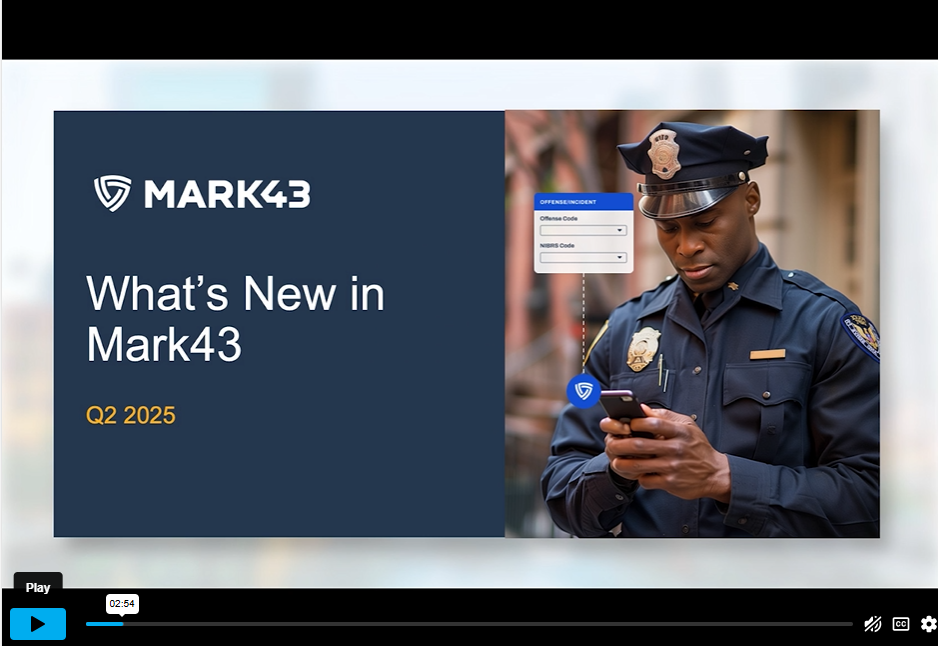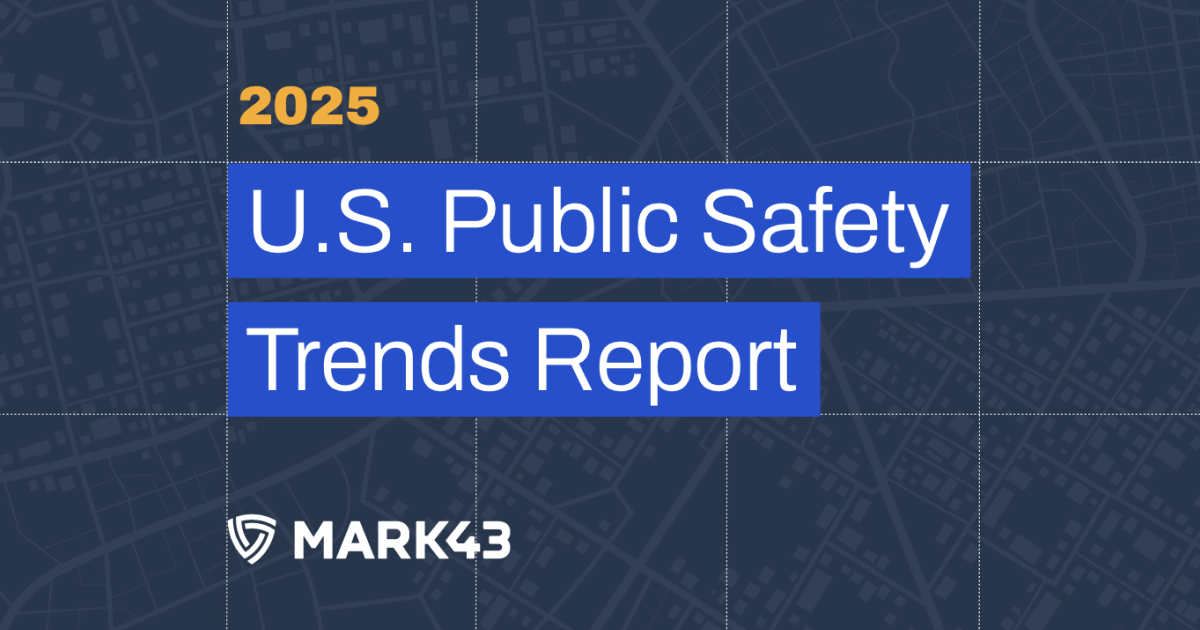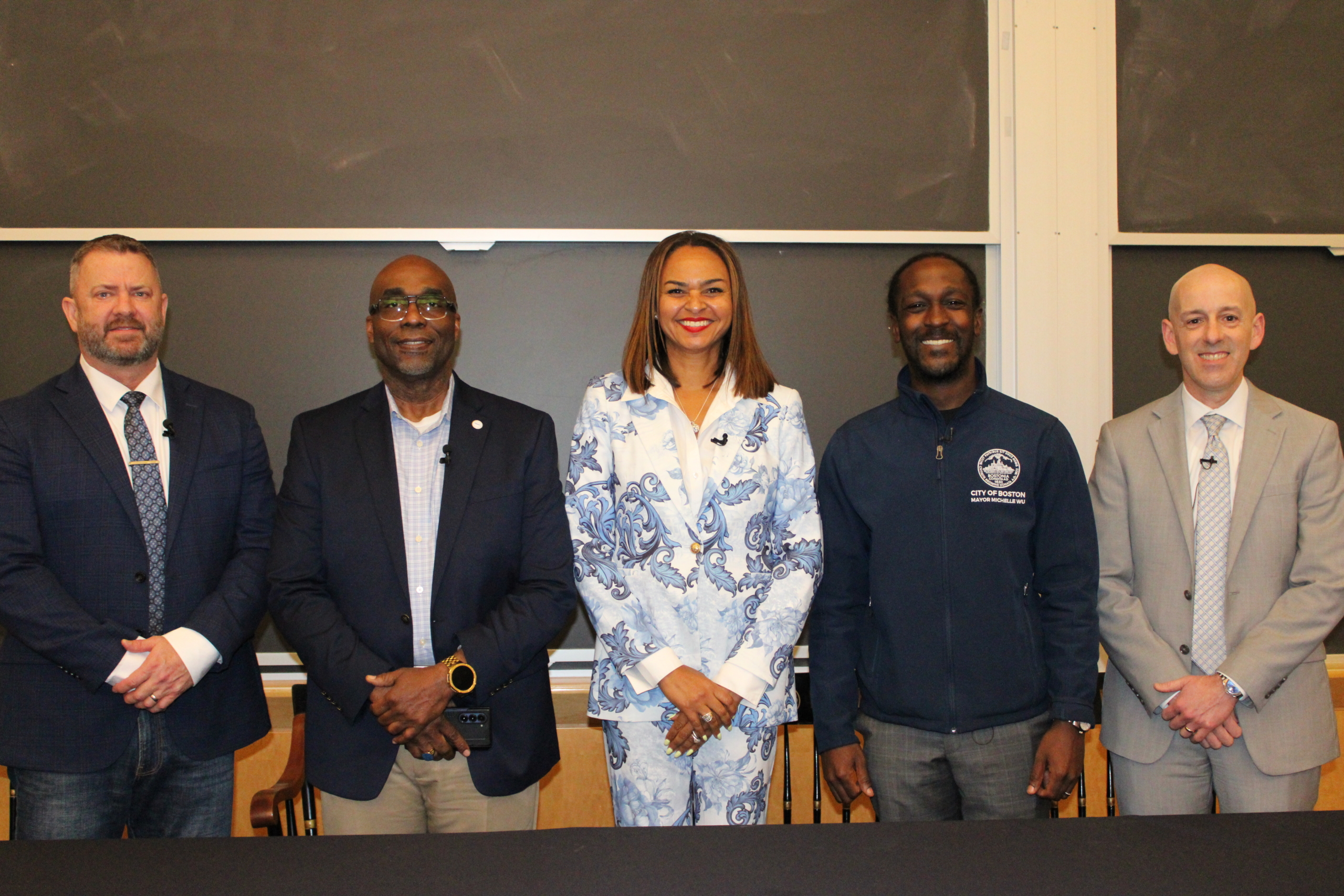
Mark43 was proud to serve as the executive sponsor of the 2025 Public Safety Summit: Advancing with Vision—an annual gathering of public safety leaders from around the world. This event sparks meaningful dialogue, showcases emerging strategies, and fosters collaboration to shape the future of public safety.
At this year’s summit, the session “The Breakthrough: Leadership for Multi-Disciplinary Community Violence Intervention” brought together a diverse panel of law enforcement and municipal leaders to reflect on the growing role of Community Violence Intervention (CVI) in public safety. Moderated by Ganesha Martin, Vice President of Public Policy and Community Affairs at Mark43, the conversation highlighted real-world lessons and strategies for building and sustaining effective CVI programs.
Community Violence Intervention programs have evolved significantly in recent years and are increasingly recognized as a core component to holistic public safety strategies nationwide. Through street outreach and violence interruption, hospital-based response and supportive service coordination, these efforts all share a common goal: to reach those at the highest risk of violence and intervene before violence occurs. By leveraging credible messengers and community-driven solutions, CVI efforts help stabilize individuals, prevent harm, and strengthen neighborhoods.
The panelists—including Assistant Chief Armando Aguilar (City of Miami Police Department), Deputy Chief Buck Wheeler (Fort Worth Police Department), Isaac Yablo (Senior Advisor for Community Safety, Boston Mayor’s Office), and Chief of Police Stephen Jenkins (Portsmouth (VA) Police Department) — shared how their cities are using CVI programs as a proactive framework to address violence. They offered insights for designing, growing, and sustaining these programs. Read on for key takeaways and reflections from this conversation.
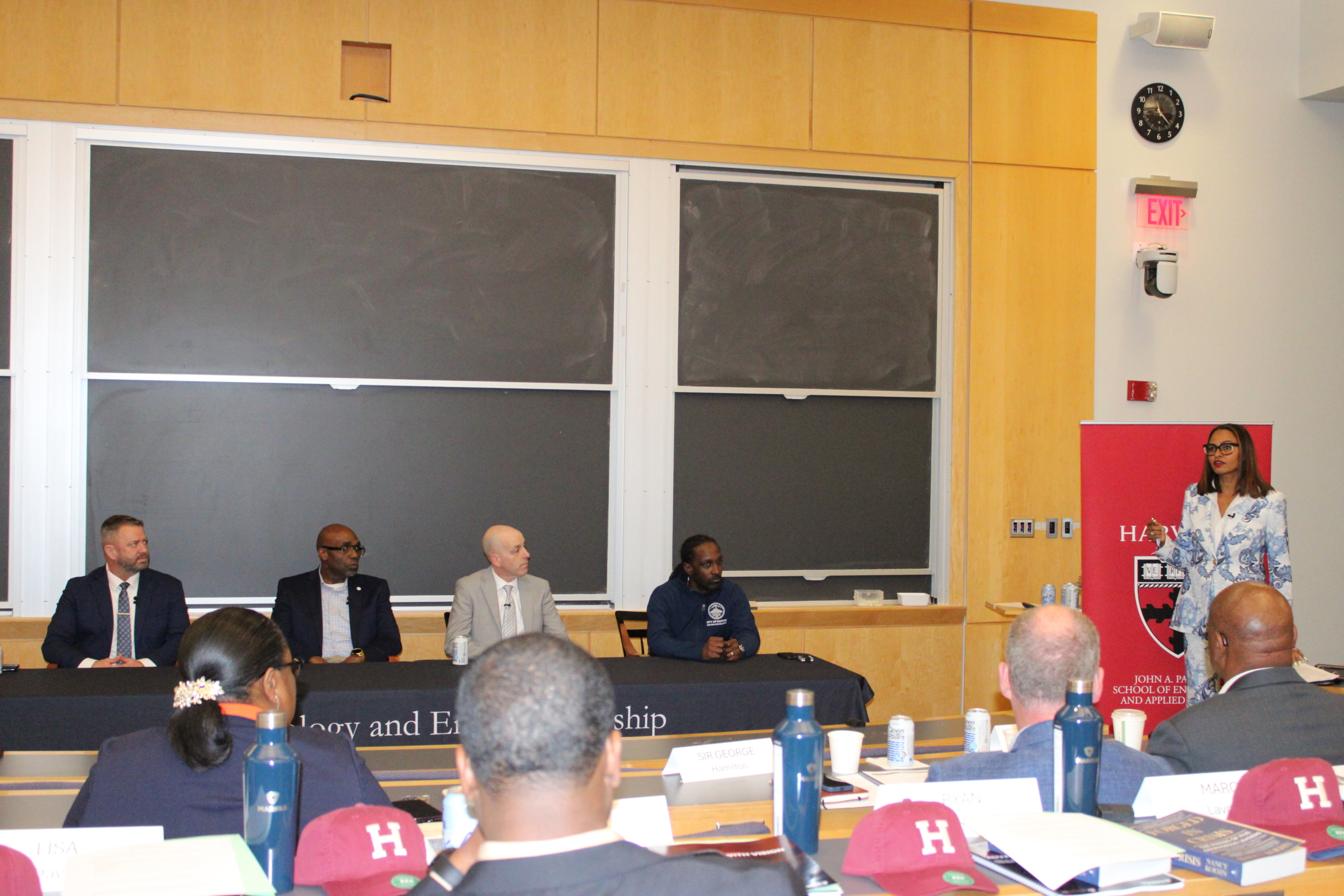
Community Violence Intervention Complements Law Enforcement—It Doesn’t Replace it
Panelists emphasized that CVI should not be seen as a substitute for policing, but rather as a vital complement that enhances public safety efforts. When law enforcement and CVI practitioners coordinate effectively, they create a powerful dual approach: police focus on targeted enforcement, while outreach workers can offer pathways to stability. This alignment strengthens public safety by moving cities beyond reactive policing toward long-term violence prevention.
“CVI isn’t an ‘either-or’ strategy—it works alongside enforcement.” –Assistant Chief Aguilar, City of Miami Police Department
Trust Is the Cornerstone
Trust is foundational to every aspect of CVI. Whether it’s the relationship between outreach workers and the people they engage, or the connection between CVI practitioners and police department personnel, trust determines how impactful these programs can be. Building trust requires consistency, clear boundaries, and a shared commitment to mutual respect. Outreach and CVI workers, often with relevant lived experience, play a critical role in bridging gaps between systems and individuals who may be wary of institutional intervention.
In Fort Worth, this trust has been cultivated through the Violence Intervention Program (VIP), led by Bishop Rodney McIntosh. “We’ve reached a point where people are now coming to the Violence Intervention Program asking for help—asking for a job, a way out,” said Deputy Chief Buck Wheeler. “That shows the trust that’s been built and the credibility the outreach team has in the community.”
Collaboration Requires Infrastructure
While strong relationships are essential, panelists highlighted how effective collaboration must be supported by infrastructure. This includes formal systems like memoranda of understanding (MOUs), protocols for responses, and regular interagency meetings to sustain momentum and navigate complexity. This is particularly true for information-sharing, which must balance effectiveness with ethical safeguards. Jurisdictions that have established these frameworks are better equipped to coordinate efforts, reduce duplication, and maintain trust—especially during leadership transitions or organizational shifts.
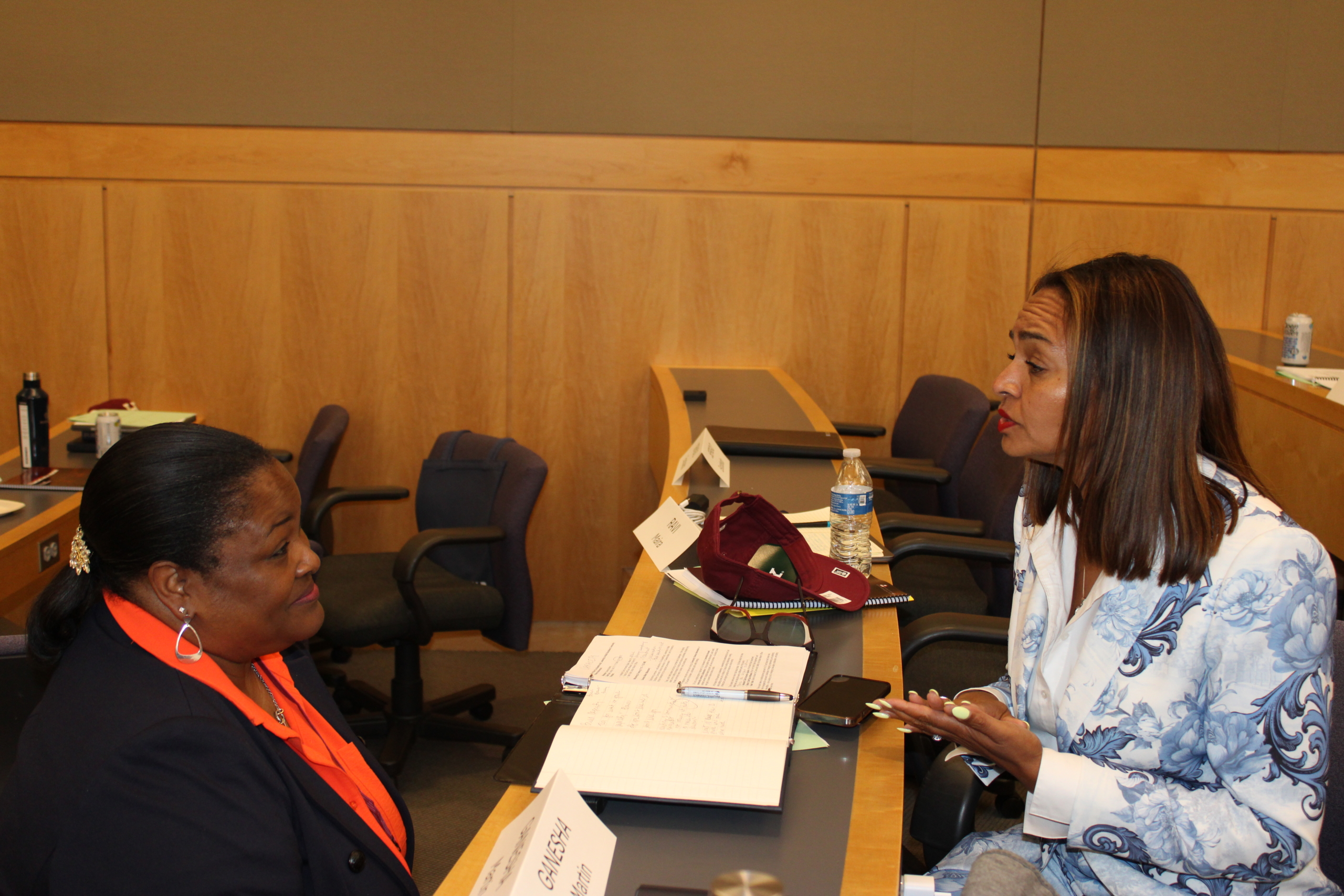
“Having a collaborative framework and MOU with BPD has been essential. It gives us a secure and consistent way to share data, understand where violence is happening, and focus our resources where they can make the greatest impact.” –Isaac Yablo, Senior Advisor for Community Safety in the Boston Mayor’s Office
Sustainability Must Be the Strategy
CVI programs often begin with grant funding, but long-term success depends on embedding them into city budgets, public safety strategies, and broader health and human service systems. Sustainability also relies on robust data—both to measure impact and to guide improvement. Panelists agreed on the need to track outcomes, monitor progress, and use both qualitative and quantitative evidence to secure continued investment. Data is key not only for evaluating effectiveness, but also for making the case to funders, policymakers, and the public.
Conclusion
Community Violence Intervention continues to redefine what it means to create safe communities. No longer a peripheral idea, CVI is a growing strategy in cities serious about reducing violence and strengthening public trust. As panelists made clear, the future of CVI lies in partnership—not just between CVI practitioners and the police, but across all sectors that support communities impacted by violence.
By prioritizing trust and investing in the infrastructure for sustainability, cities can balance short-term response with long-term prevention—and create safer, stronger communities.



